Parents of children with gluten sensitivity may not have to worry about their child being exposed to gluten in school when handling materials like Play-Doh and dry pasta, a new study has found. These items don’t have a significant transfer of gluten on hands or surfaces after children played with them.
And while gluten was transferred to hands and surfaces with the use of other common school supplies and activities, such as paper mâché and baking projects with flour-based dough, once hands are washed and surfaces cleaned, gluten residue was not detected.
“These findings make an easy distinction – school supplies that are dry and not sticky show very low gluten transfer, while those that were wet and pasty cling heavily to hands and table surfaces,” says Vanessa Weisbrod, executive director of the Celiac Disease Program at Children’s National Hospital, who conceived and led the study. “In all cases, good hand hygiene and cleaning surfaces after using gluten-containing materials can prevent most gluten transfer.”
Marilyn G. Geller, chief executive officer of the Celiac Disease Foundation, which funded the study, says exposure to gluten in schools poses a potentially serious health concern for students with celiac disease. Some may experience long-term health complications or debilitating acute symptoms at the time of exposure, inhibiting a student’s ability to succeed at school.
The study tested five scenarios commonly taking place in schools where it was thought gluten transfer could be high enough to pose a risk for someone with celiac disease. Negligible gluten transfer was found when playing with Play-Doh or dry pasta, while a baking project using flour-containing cookie dough did transfer a significant level of gluten. Gluten transfer was also observed while using paper mâché and cooked, dyed pasta in a sensory table.
“These methods provide a realistic estimate of the risk to children with celiac disease using gluten-containing school supplies,” notes Jocelyn Silvester, M.D., Ph.D., director of Research for the Celiac Disease Program at Boston Children’s Hospital and a co-author on the study. “Now we can give evidence-based recommendations to families and schools, so that they can focus on what is most important to keep children with celiac disease safe.”
Cleanliness keeps gluten at bay
The study authors also tested the effectiveness of three cleaning methods for removing gluten particles. They found that washing with water, soap and water or wiping with an antibacterial hand wipe all effectively removed gluten.
“Whether you’re protecting from bacteria or gluten, hand-washing and surface hygiene are key,” says Weisbrod. “As parents we want to do everything we can to keep our kids safe and healthy, and this study definitely shows that the number one thing we can do is teach our kids to wash their hands!”
 https://riseandshine.childrensnational.org/wp-content/uploads/2024/12/school-nurse-feature.jpg
300
400
Danielle Robbins
https://riseandshine.childrensnational.org/wp-content/uploads/2017/11/childrens_riseandshine_logo.jpg
Danielle Robbins2024-12-24 11:28:462025-06-24 13:35:39Advice from the school nurse: Health tips every parent needs to know
https://riseandshine.childrensnational.org/wp-content/uploads/2024/12/school-nurse-feature.jpg
300
400
Danielle Robbins
https://riseandshine.childrensnational.org/wp-content/uploads/2017/11/childrens_riseandshine_logo.jpg
Danielle Robbins2024-12-24 11:28:462025-06-24 13:35:39Advice from the school nurse: Health tips every parent needs to know


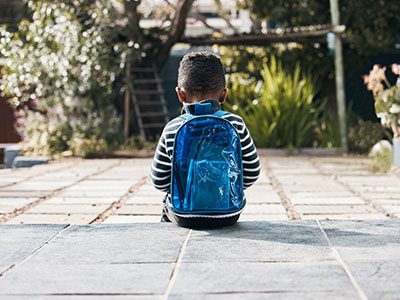
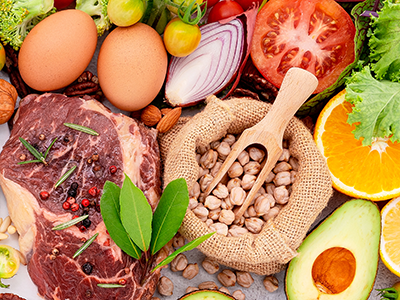
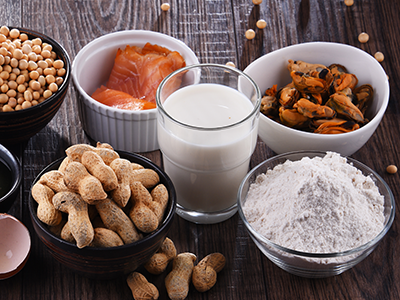

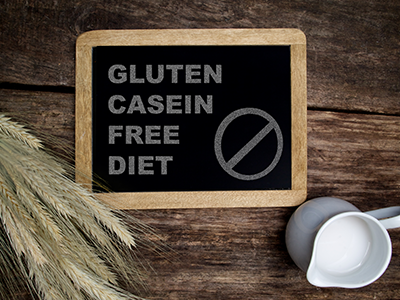
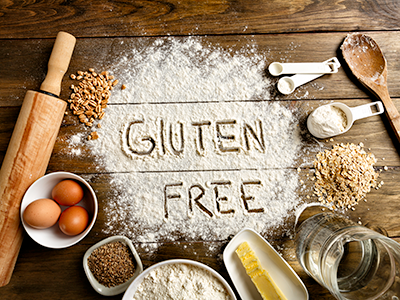
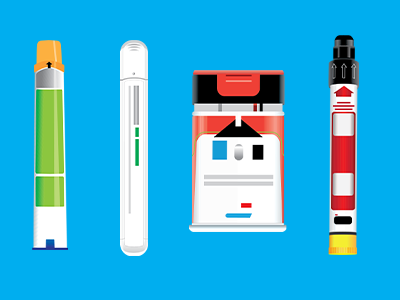

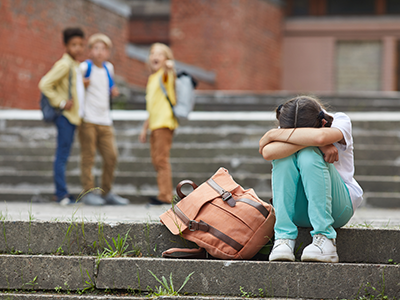
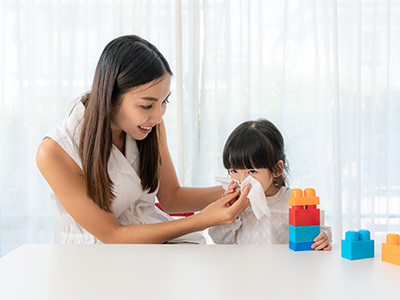
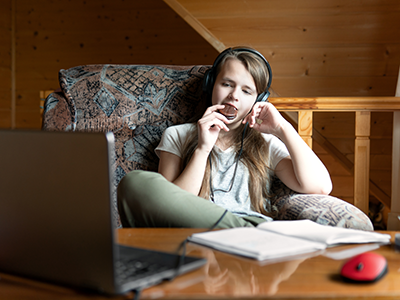
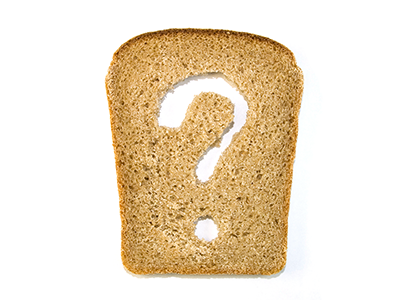

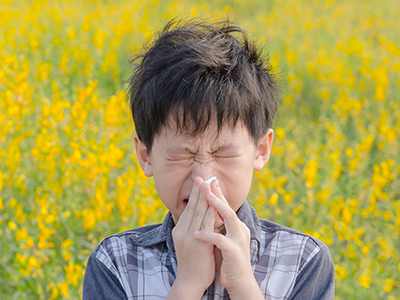
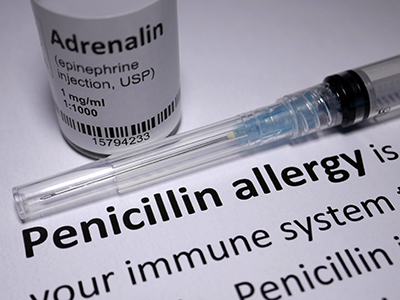
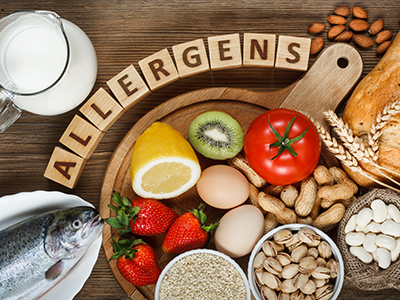
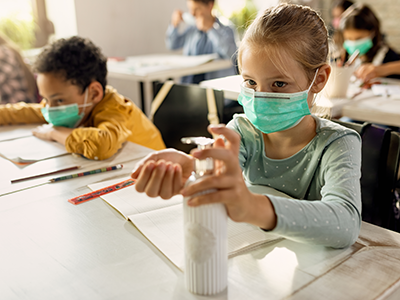
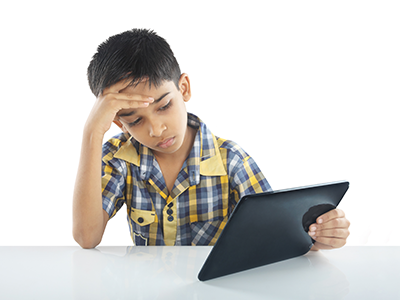
Leave a Comment
Want to join the discussion?Feel free to contribute!